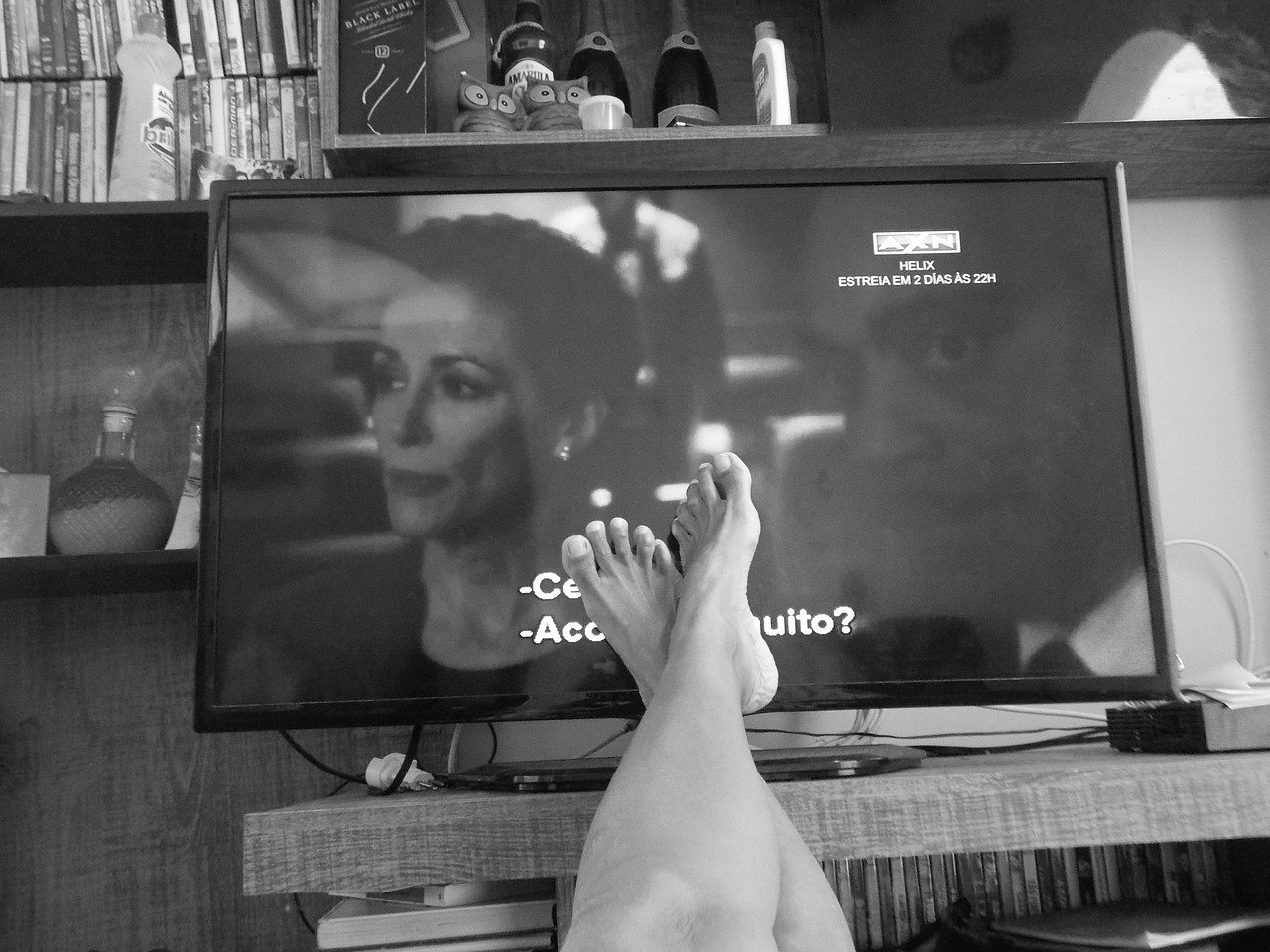
- Nearly a quarter of people aged 50 to 70 do less than thirty minutes of physical activity a week
- Physical inactivity is one of the leading risk factors for poor health and disability in later life and the most disadvantaged are least likely to be active
- Experts at the Centre for Ageing Better say national and local government must prioritise physical activity as part of the pandemic recovery, and work with the health sector and gym and leisure sector to reach as many people as possible
Tackling the post-pandemic fall in physical activity must be a priority for government, according to experts at the Centre for Ageing Better, as a new report warns that many people in mid- and later life do not feel supported to be as active as they need to be.
The report, ‘Keep on moving’, examines the motivators and barriers to physical activity for those in mid- to later life. Staying independent for longer is a key motivator for many. However, confidence was cited as significant barrier with a number of participants saying they did not use local leisure and gym facilities due to a lack of confidence, or a feeling that they were not aimed at people of their age, body size or shape. These findings emphasise the importance of the fitness and leisure sector creating an inclusive and welcoming environment for people of all ages.
The pandemic has made inactivity an increasingly urgent issue. According to the Sport England’s Active Lives Adult Survey, the pandemic led to unprecedented decreases in activity levels during the initial restrictions with 1.2m (+2.6%) more adults compared to 12 months earlier taking part in less than an average of 30 minutes a week. This increase takes the total number of inactive adults in England to 12.3m (27.1% of the population). We need to act now to break the sedentary habits many of us developed in lockdown.
Mid-life is crucial for maintaining activity levels as it is around this age that people start to develop long-term health conditions that need managing or preventing. From the age of 40, adults lose 8% of their muscle mass per decade. Low muscle mass is significantly associated with inability to perform activities of daily living with the prevalence of disability increasing significantly as muscle mass decreases. This is why incorporating strength and balance exercises are particularly important for those in in their 50s and 60s.
Despite guidelines from the Chief Medical Officer on the importance of physical activity to maintain strength and balance as we get older such as yoga, Tai Chi and even more everyday tasks such as gardening and carrying bags, the research showed that few people are aware of the benefits of these kinds of activities.
Central government should prioritise physical activity as part of the pandemic recovery, working with local governments, health systems, the fitness and leisure sector and the voluntary and community sector to fund, create and adapt approaches that enable a diverse range of people aged 50–70 to engage with physical activity. We want health professionals to be able to encourage and support individuals to take up physical activity and it be afforded the same attention as other health initiatives such as tackling smoking.
Amy McSweeney, Evidence Officer, Centre for Ageing Better said:
“Increasing activity levels for those aged 50–70 is a vital part of ensuring that we can make the most of our longer lives. This research shows that everybody knows that being physically active is good for them but there remain real barriers to participation.
Access to inclusive spaces are key if we are going to encourage more older adults to be physically active. There needs to be advice and exercises tailored towards those in mid to later life, particularly incorporating strength and balance.
But we know one size doesn’t fit all. This is why embedding physical activity in local health and social care systems will be crucial as it will enable the NHS to identify people who might benefit from physical activity and connect them to opportunities to engage.”
Dr Charlie Foster OBE, Professor of Physical Activity and Public Health, University of Bristol said:
“This project is of enormous significance to us, as it offers the opportunity to stimulate a national policy shift in prioritising physical activity for older adults. We have spoken with over 50 adults across the country to seek a diverse range of views and experiences.
“Our participants told us that to them their quality of life matters more than feeling they needed to achieve daily minutes of being active, however being active was seen as a mechanism of remaining as healthy as possible. Participants also wanted to know how they could be active and especially remain strong.
“I have no doubt that this research offers policy makers the realities of this age group and will impact on their plans to respond to the current challenges of promoting and sustaining physical activity.”
